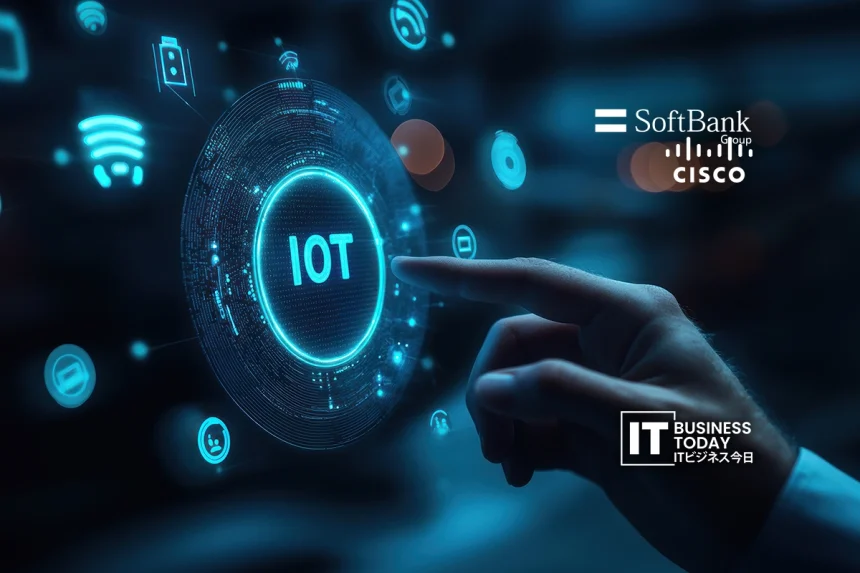SoftBank Corp. has introduced a strategic partnership with Cisco Systems G.K. to deploy an “All Optical Network” in Japan’s metropolitan cities. The plan is to boost network capacity and energy efficiency in order to combat the increasing data needs fueled by progress in AI and the upcoming 5G/6G technologies.
Revolutionizing Network Infrastructure
All Optical Network brings optical transmission technology to the whole communication network, doing away with optical-electrical conversion. By adding Cisco’s newest 400GbE-enabled routers and having a simplified architecture that is optimized for metro networks, the system reduces energy usage significantly by about 90% when compared with traditional configurations. This new innovation doubles network capacity. It also reduces the carbon footprint of our communication systems.
SoftBank started this project in Osaka Prefecture in September 2025. They plan to expand nationwide by 2027. We’re building high-capacity metro networks to prepare for the huge data surge expected in the Beyond 5G/6G era.
Also Read: Zeon Debuts IoT Platform for Smarter Factory Operations
Implications for Japan’s Tech Industry
This partnership boosts Japan’s high-tech industry. It keeps the country ahead in next-gen communication infrastructure. Japan is starting a new era of sustainable communication. It uses advanced optical transmission technologies. The All Optical Network’s energy efficiency is a model for countries to follow. It encourages eco-friendly development around the globe.
For Japanese technology firms, this advancement means new opportunities for them to be involved in the deployment and upkeep of such sophisticated networks. The program could spark innovation in related fields like AI, IoT, and smart city tech. The better network setup helps bring these technologies together well.
Impact on Businesses at Large
Companies in different industries will be able to take advantage of the upgraded network capabilities. Industries with strong data transmission reliance, such as e-commerce, finance, and healthcare, will see better service quality and lower latency. Additionally, the energy efficiency aspect of the network is also in line with corporate sustainability initiatives, with the ability to save money and enhance corporate social responsibility images.
In addition to this, the introduction of the All Optical Network could also entice foreign investments since foreign corporations would want to exploit the sophisticated communication infrastructure of Japan. This investment could lead to the growth of the economy and continued innovations in the country.
Conclusion
SoftBank and Cisco‘s partnership marks a big step forward for Japan’s telecom industry. In adopting advanced optical transmission technology, Japan is well-set to provide for the needs of the digital age while encouraging sustainability. Not only does this project enhance the country’s status in the world of technology but also establishes a trend towards communication infrastructure development in the future.







